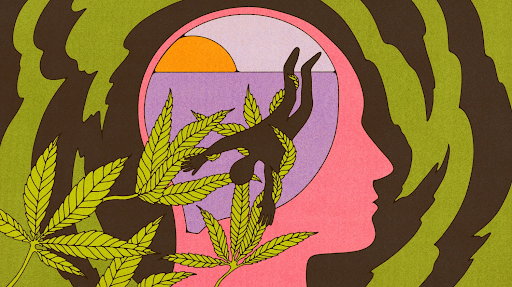Nowadays, many products or services come with something extra to get customers more excited about them. That’s bonus marketing, where a special offer or a generous offering from the company attracts business. In the digital world, it has become much easier for solo entrepreneurs to make use of these bonuses. Here’s how they work.
Built-In Bonuses
Bonuses can take many forms, with some of them being built into the business itself. These are perhaps the rarest, though they are very common in certain niches you can find online. For example, food and shopping apps use built-in bonuses a lot. Typically, they’ll have events or conditions where, if you spend enough, you can avoid delivery fees or get extra items for free. Buy one, get one free bonuses also apply here.
Elsewhere on the internet, there are industries like iGaming that make bonuses a core element of gameplay. Where iGaming sites host hundreds of slots, each one having an independent ruleset that sometimes incorporates bonus modes. Games like Spin Till You Win are marketed and named after its core bonus, which allows players free spins until one of them lands successfully. Games and services hosted through the internet can have bonuses hard-coded into them, allowing customers to reap the benefits with relatively little organisational effort from the company itself.
Free Trials & Offers
Ever since streamed entertainment took off in the early 2010s, free trials have been everywhere. While the practice is much older than that, the explosion of online business allowed many in the e-commerce space to put forward offers that would have been logistically impossible for them pre-internet.
Free trials put a product/service in the hands of the consumer, at which point they can engage with it and decide if they’ll continue using it in the future. This model took off thanks to streaming services like Netflix, which offered free trials before expecting the customers to pay if they wanted to stick around. While Netflix has stopped this practice, giants like Amazon offer a free trial for their expansive Prime subscription service.

However, free trials aren’t just used by the world’s biggest companies. Part of their appeal is that smaller businesses can market themselves using the same tactics, assisted through platforms like Shopify. While some larger companies have backed away from offering free content, it’s still a reliable digital marketing technique for many small and medium-sized companies.
Why Bonuses Work
Bonuses work best when a business is trying to sell a digital product or service – something that can get beamed to the customer with no other distribution concerns. The reason they work on a deeper level is that it reinforces the relationship between the business and the customer.
For built-in bonuses, they provide yet another reason for customers to engage with the service. If all else is equal, users are more likely to use a food delivery app with free delivery instead of one that adds a surcharge. This makes it economical for some businesses to include features and bonuses that put them ahead of the competition, even if it means they earn less in the moment.
For free trials, they are ultimately a show of confidence. The business is willing to put its service in the hands of consumers with no expectation of being paid for it yet, but in the future instead. Not everybody will stick around, but this kind of gesture can make clients more willing to reciprocate if they do enjoy their time with the product. As digital markets continue to develop and find new audiences, it’s certain that bonuses aren’t going out of style anytime soon.





